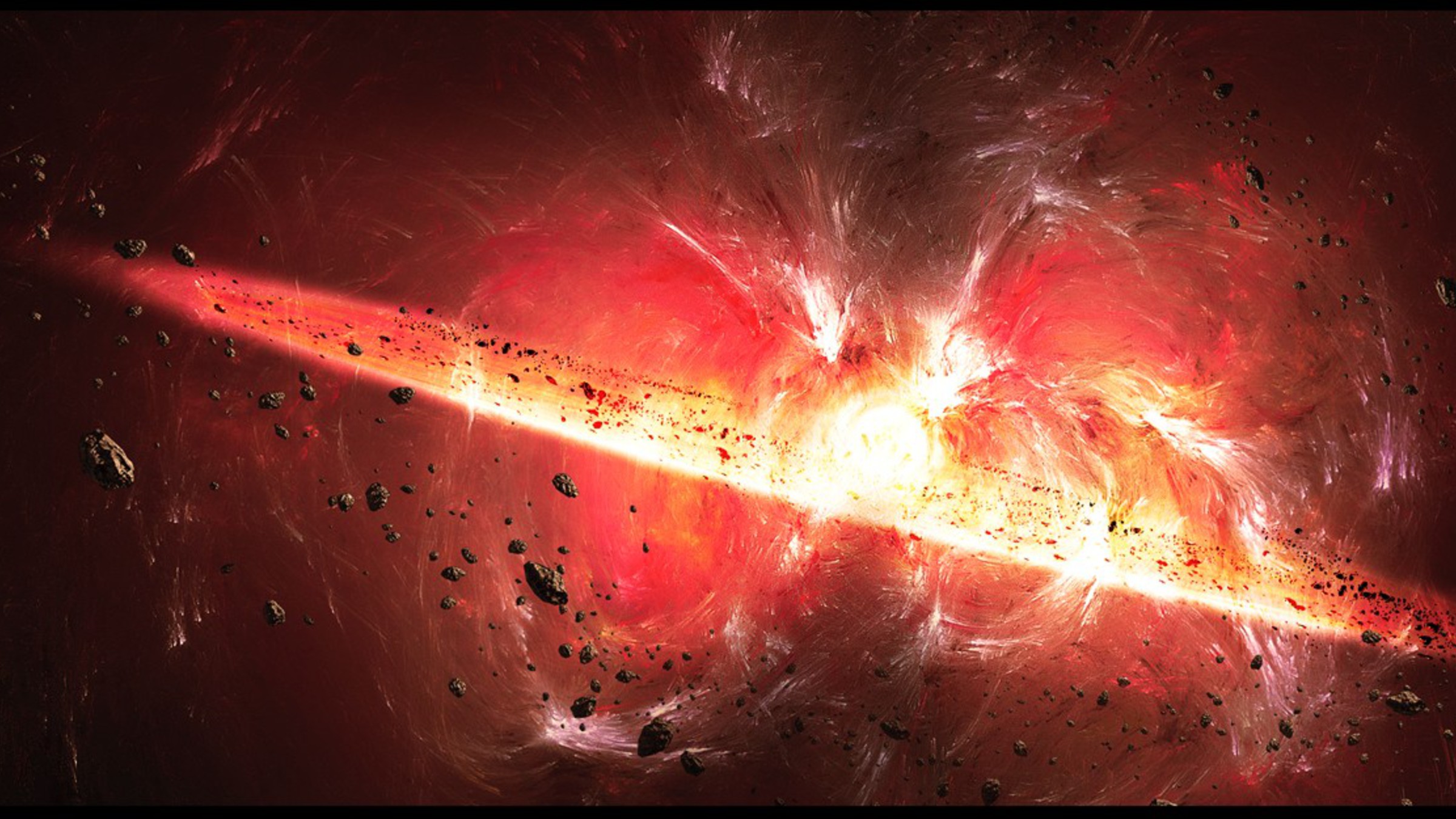Space Wonder Project
Assuming there could be another universe, how was it or they created?
Out of many websites there was one most common theory, The Big Bang. Many people can to the partial conclusion that The Big bang which exploded, expanded and doubled the size of everything whilst creating atoms, protons and electrons. The particles from the explosion throughout time became seeds which turned into galaxies and galactic clusters. In different areas across the universe, or in multiverse, expansion continues due to big bang. This Theory is that due to the continue of expansion, more and more is being created such as it did for our galaxy. Although, due to the speed of expansion, which is faster then the speed of light, we wouldn’t be able to cross over. Although this was the most common theory there are others that ti e into religions and beliefs.
e into religions and beliefs.
https://www.bbc.com/future/article/20140812-how-was-the-universe-created
https://www.space.com/32728-parallel-universes.html
https://newyorkessays.com/essay-the-different-theories-of-how-the-universe-was-created/
https://youtu.be/DGZpTT4WVoI -Video